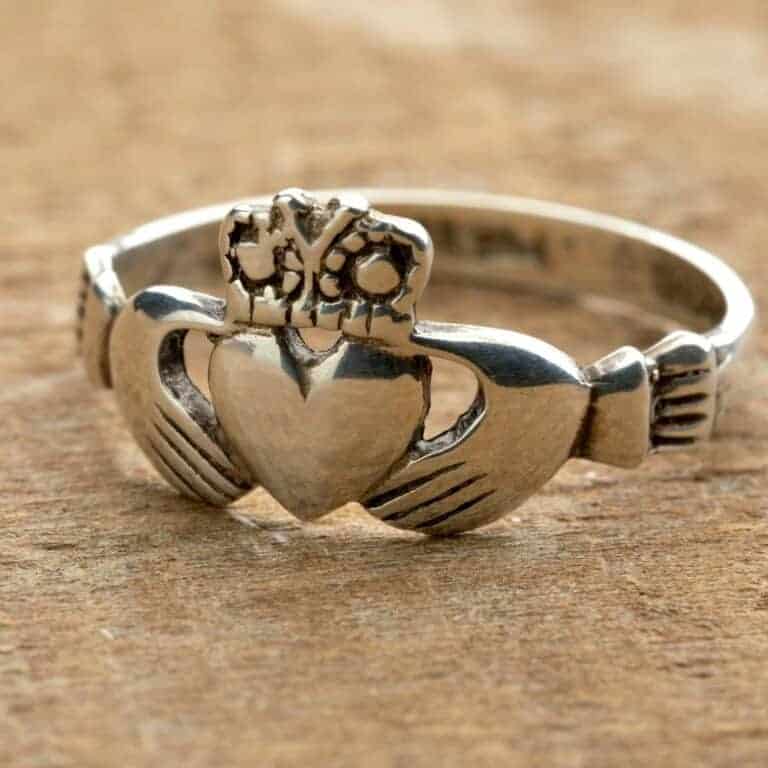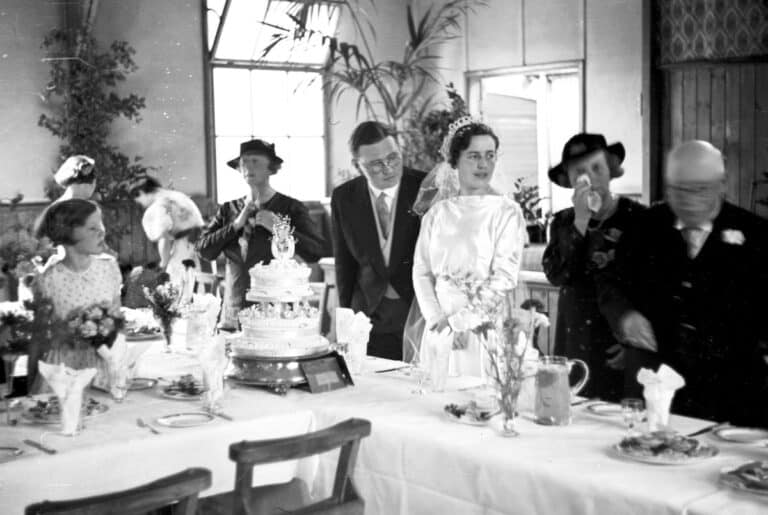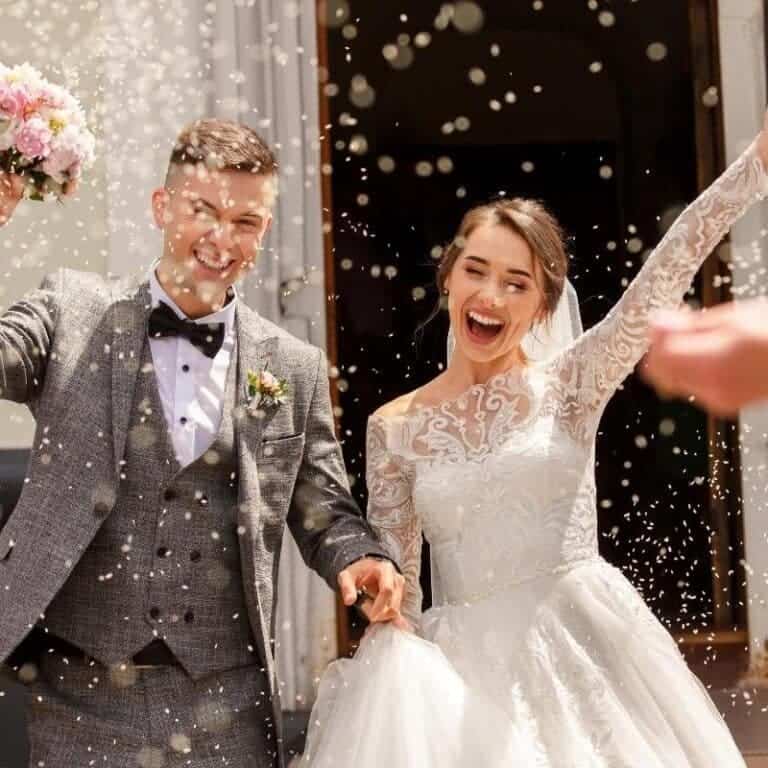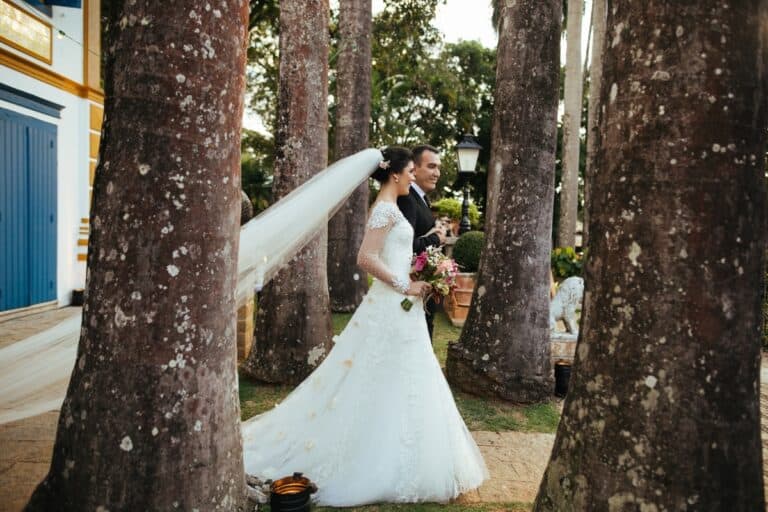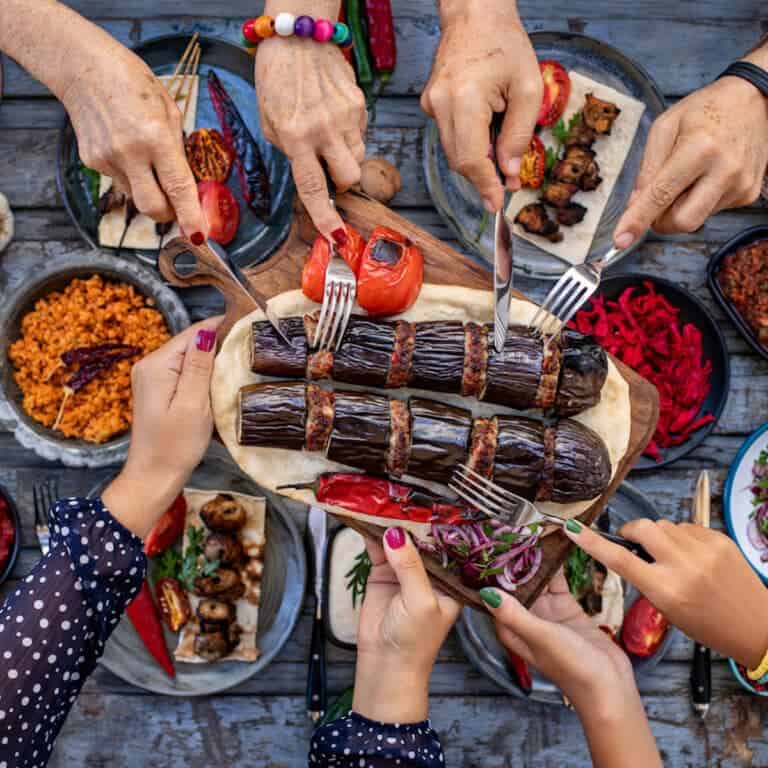Croatian Wedding Traditions
Croatian wedding traditions are a beautiful and fascinating part of the country’s culture. The wedding traditions vary greatly depending on the different regions. These wedding customs have been passed down through generations. From fake brides to apple throwing, flag bearers, marriage crucifixes, and the kolo.
This article will explore some of the most popular traditions at Croatian weddings.
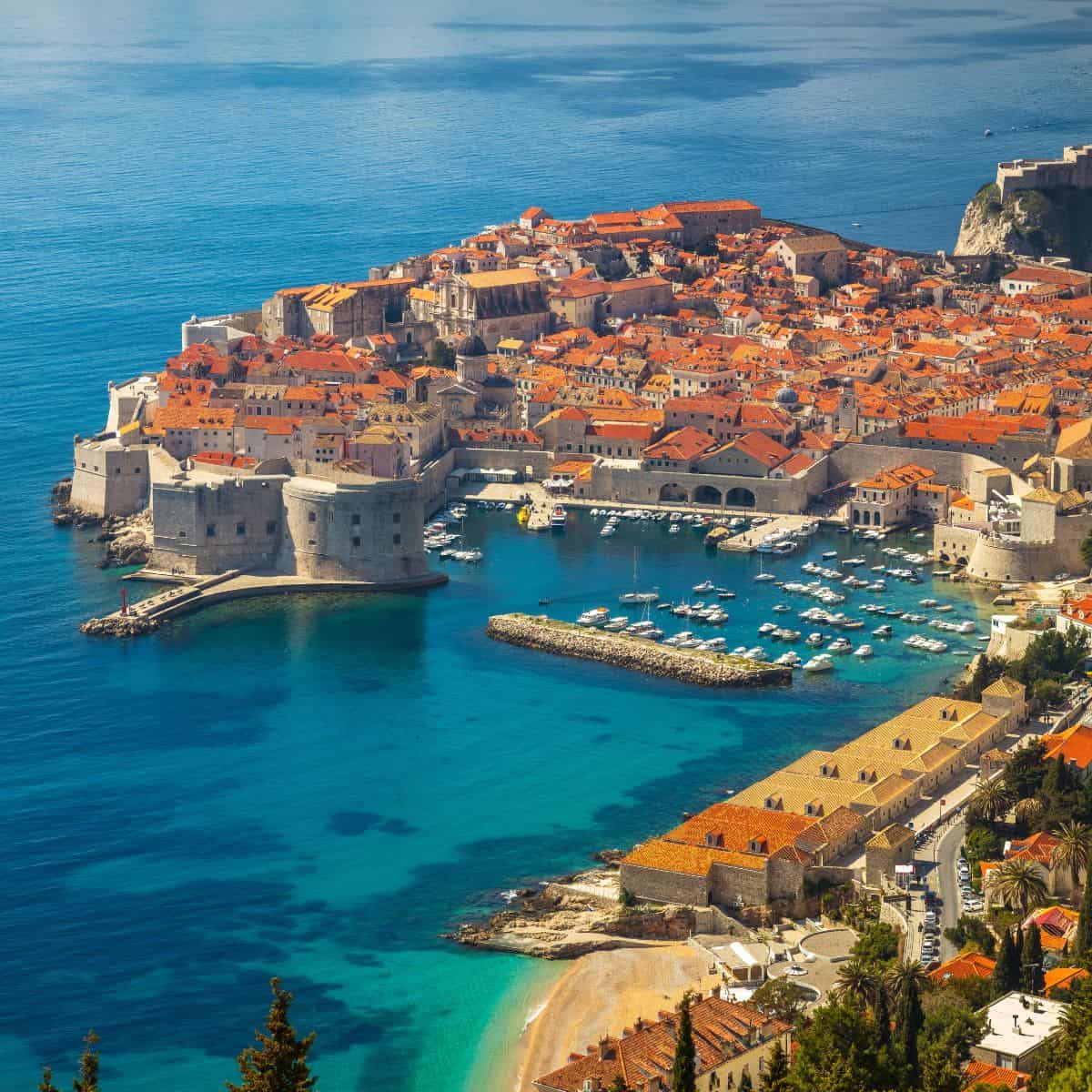
Wedding length
Unlike American weddings, a traditional wedding in Croatia doesn’t begin with the ceremony. It starts days beforehand. It’s tradition to visit the houses of the groom’s and bride’s families on the days leading up to the wedding.
The wedding celebrations can last several days, depending on the family’s traditions and customs.
Prošnja – The proposal
In Croatia, the groom-to-be and his family visit the bride’s home to ask for her hand in marriage formally. The groom is accompanied by his family members, who bring gifts such as fruit, flowers, wine, and sweets to the bride’s family.
If the bride accepts the proposal, the couple then announces their engagement to their families and friends. Instead of a diamond ring, in some parts of Croatia, the groom would offer an obiljezje.
This translates to ‘characteristic,’ and it’s the term given to the gift the groom gives his bride after a successful proposal. This would often be a piece of fruit.
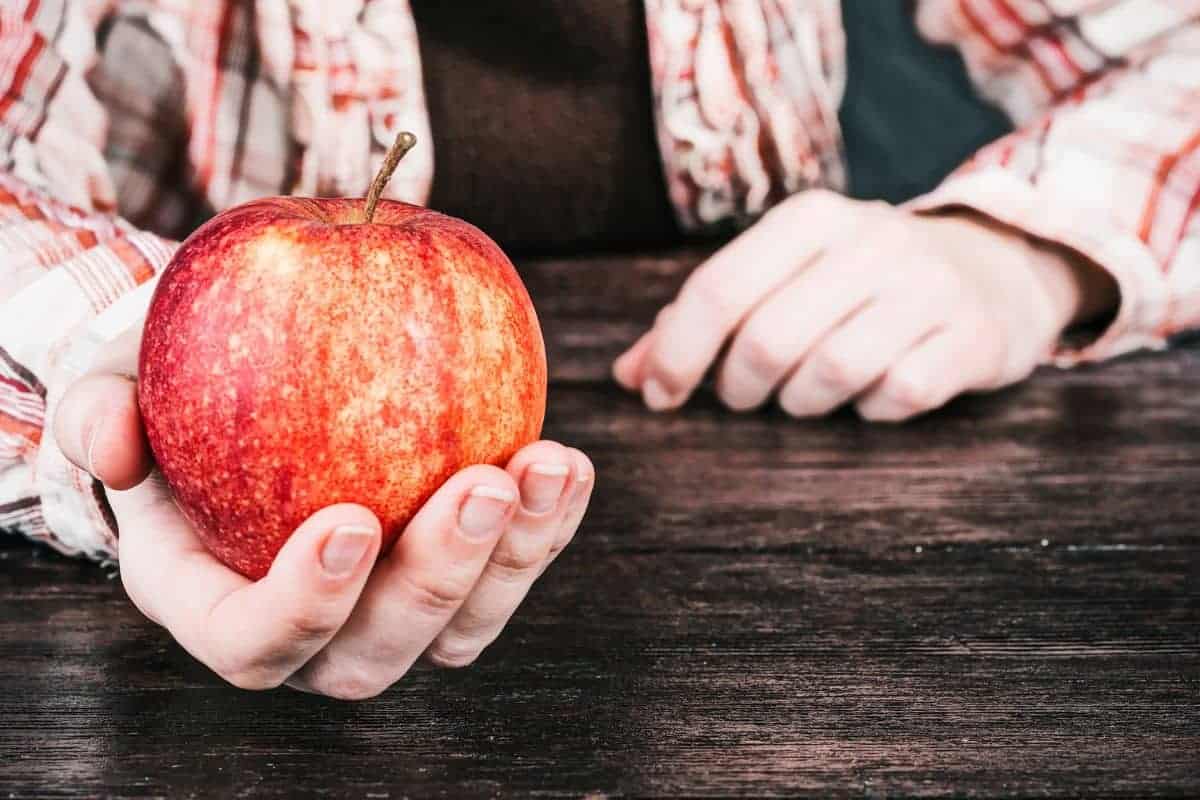
Buying the bride
A unique Croatian wedding tradition that is widespread is the practice of ‘buying the bride.’ There are different ways this custom plays out, and it’s also known as the false bride tradition.
The groom arrives at the bride’s house on the wedding day to pick her up. He shouts and declares his intention to marry the bride-to-be. The bride’s relatives (usually the males) usually open the door and acknowledge the bride’s presence inside, but they are not simply giving her away. A ‘fake bride’ might come out, usually a male family member dressed up or even a rugged doll dressed in a wedding gown.
Depending on the region in Croatia, there are different customs for how the groom gets his real bride. In some cases, the groom offers to pay for his bride, but the family refuses to sell, deeming his offers too low. Ultimately, the family may give her away without payment if the groom promises to love her completely.
Alternatively, he may need to perform a certain number of push-ups to demonstrate physical strength or even sing a song extolling the bride’s beauty.
In some areas, the groom is offered the bridesmaids instead of the bride. He then has to turn each one down, giving each a gift and dancing with her before turning her down.
This is the first time the groom will see his bride in her wedding dress.
Barjaktar – Banner holder
The barjaktar is responsible for carrying and waving the Croatian flag in front of the wedding party as they travel to the reception. If you are asked to be this flag bearer, it’s a great honor. The role is usually given to someone with a good sense of humor, as playful elements are also involved with the tradition.
The barjaktar is responsible for keeping the energy of the group light. Sing, dance, and shout as the party moves from one location to the next. If the wedding party is traveling by car, the barjaktar holds the flag out the car window.
An important thing to note – Don’t lose the flag! One of the customs surrounding this tradition is that the bride steals the flag, and then the barjaktar has to repurchase it. It could be a monetary payment, or they must do some task.

Rosemary Buttonholes
When wedding guests enter the reception venue, they are given a stem of rosemary wrapped in a ribbon. Bridesmaids pin these to the left side of guests’ clothing. This tradition stems from ancient times. It’s a sign of welcome and was said to ward off evil spirits.
Guests would typically leave a monetary donation for their rosemary branch, wishing the couple good luck.
Rosemary is also a very common herb used in the bride’s bouquet. It grows abundantly along the Croatian coastline and represents faithfulness and good fortune.
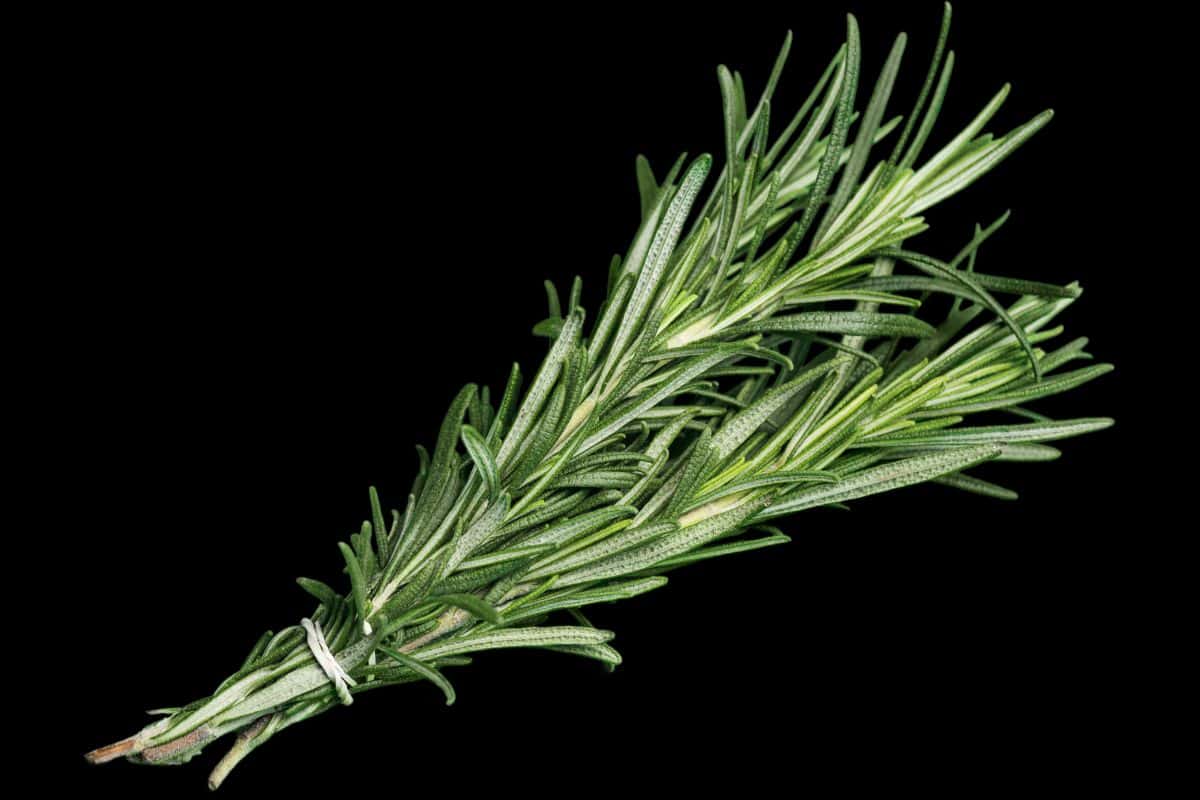
The guest list
Croatian weddings are often large and elaborate celebrations. Guest lists for Croatian weddings can be extensive, with families inviting relatives, friends, and colleagues to share the joy of the occasion.
It is common for weddings to have several hundred guests.
The dress code
Currently, the wedding dress code in Croatia is influenced by western fashion. However, in traditional weddings, the entire wedding party or “svatovi” would dress in folk costumes or “narodna nošnja”.
The bridal costume was of particular significance, and each component held symbolic meaning. The bride would wear a homemade crown or garland adorned with various decorations such as flowers, scarves, and old coins.
The Marriage Crucifix
The marriage crucifix is a traditional symbol of love and marriage in Croatia. It is a wooden cross that is decorated with various motifs and carvings.
It is typically given as a gift to a newly married couple and is often hung on the wall in the couple’s home as a symbol of their commitment to one another.
The cross is usually carved by hand by a skilled artisan, and it can be customized with the couple’s names, wedding dates, or other personal details.
Kolo dance
The Kolo dance is a traditional dance often performed at weddings and other celebrations. It’s typically performed in a circle, with dancers holding hands and moving in a synchronized pattern to the beat of the music.
The Kolo dance is lively and energetic and is often led by an experienced dancer or musician who sets the pace and rhythm of the dance. The Kolo dance is often performed as part of the wedding reception, with guests of all ages joining the dance floor.
The wedding feast
Croatian wedding feasts are known for being elaborate and generous, with various traditional dishes served in abundance. The feast is an integral part of the wedding event. Here are some common dishes you might find at a Croatian wedding feast:
- Peka: Peka is a traditional Croatian dish made with meat (usually lamb, veal, or chicken) and vegetables (such as potatoes, onions, and bell peppers) cooked together in a clay pot over an open fire. The dish is slow-cooked for several hours, resulting in tender and flavorful meat and vegetables.
- Sarma: A stuffed cabbage roll that is made with ground meat, rice, and a variety of seasonings.
- Pršut: Dalmatinski pršut is a type of cured ham that is a staple of Croatian cuisine. It is sliced thinly and accompanied by cheese, olives, and bread.
- Ćevapi: Ćevapi are small, grilled sausages made from ground beef or lamb that are popular Croatian street food.
- Janjetina: Janjetina is a roasted lamb that is a popular main dish at Croatian weddings. The lamb is typically slow-roasted on a spit, resulting in tender and juicy meat.
- Goulash: a hearty meat stew. It is typically made with beef or veal, although it can also be made with other types of meat, such as lamb or pork.
- Rakija: Rakija is a fruit brandy commonly served as an aperitif or digestif at Croatian weddings. It is made from various fruits, including plums, apricots, and cherries, and is known for its strong and distinct flavor.
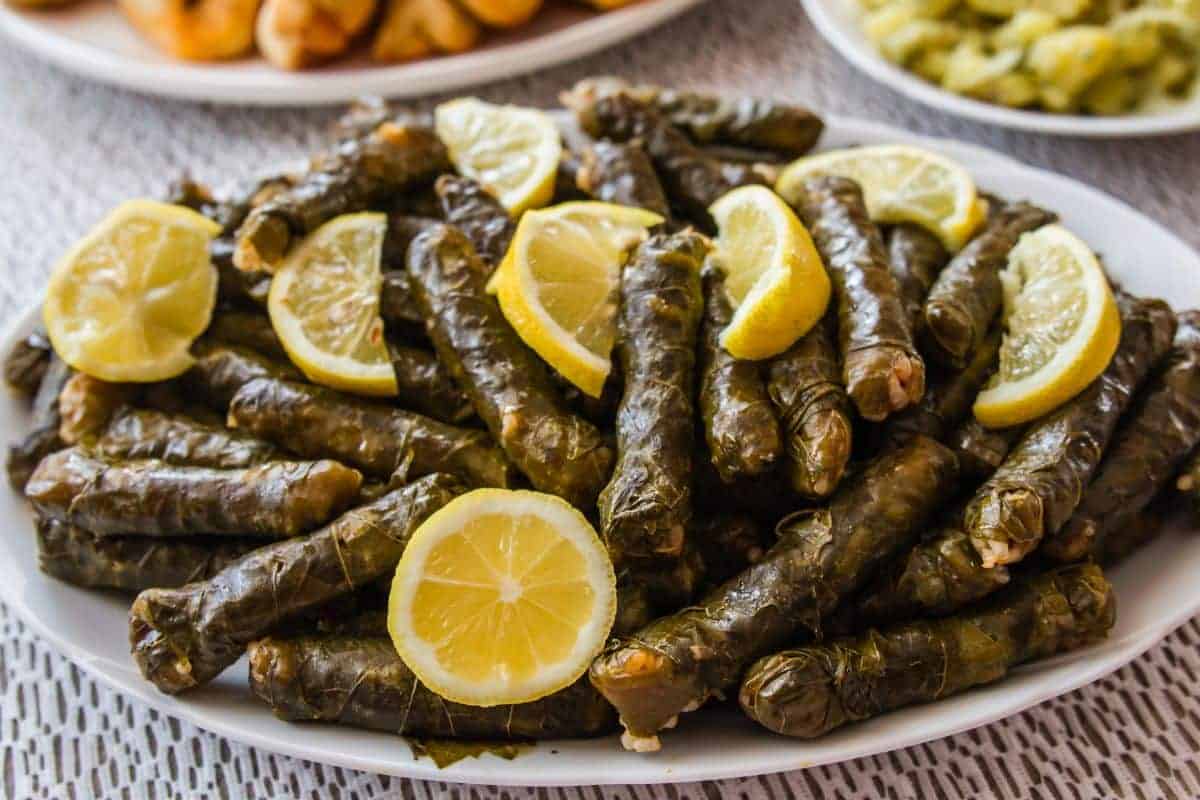
The wedding cake
A traditional Croation wedding cake has multiple tiers, similar to layered cakes in other cultures. The wedding cake is served with coffee after the main meal, but there are also other desserts.
It’s very traditional to have many different little wedding cakes, known as ‘svatovski kolači’, at the wedding. Relatives and neighbors of the couple bake these. It’s usually a selection of small cakes and sweets that don’t need refrigeration. It’s common to have a whole variety of different sweets. Here are some popular types:
- Povitica: Povitica is a rolled cake with a sweet yeast dough filled with a mixture of ground walnuts, sugar, and spices.
- Kremšnita: Kremšnita is a layered cake made with vanilla custard cream and puff pastry.
- Makovnjača: Makovnjača is a poppy seed cake made with a sweet yeast dough and a filling of ground poppy seeds, sugar, and milk.
- Rafioli: A sweet pastry that is made with a rich almond filling, and it is cut into small bite-sized pieces.
- Kuglof: Kuglof, also known as a bundt cake, is a simple cake made with a buttery dough and flavored with vanilla and lemon zest.
- Mađarica: The pastry consists of thin layers of dough that are brushed with a mixture of oil and sugar and then baked until crispy. Between the layers of dough, there is a filling made from ground walnuts, sugar, and sometimes cocoa powder. The filling is spread over each layer of the dough, and the pastry is rolled up and sliced into pieces.
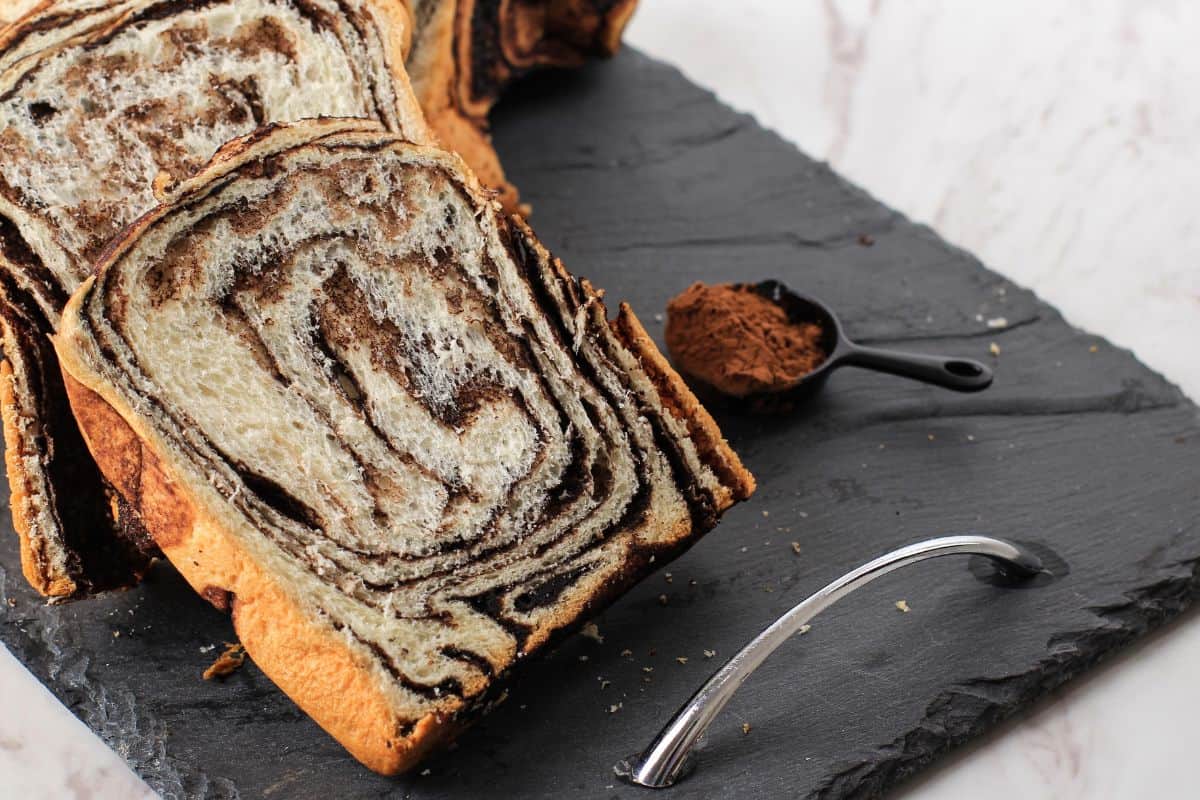
Traditional Music
Music plays an important role in Croatian weddings. What’s played varies depending on the region of the country and the specific customs and traditions of the couple. Here are some examples of traditional music and instruments that might be played at a Croatian wedding:
- Klapa Music: Klapa is a type of traditional Croatian music that is often performed by a group of singers, usually men. Klapa music is characterized by Acappella singing.
- Tamburica: Tamburica is another traditional Croatian music genre that features stringed instruments, such as the tambura, similar to a mandolin.
- Međimurska Music: Međimurska is a traditional music genre from the Međimurje region of Croatia.
The type of music played at a Croatian wedding can vary depending on the preferences of the couple and their families.
Apple throwing
This custom can happen before or after the wedding itself. The bride is given an apple, usually with a coin pressed inside it, and she must throw it over her house.
If she throws it over, it’s a symbolic sign that she is strong and will be a good housewife.
Final thoughts
Croatian weddings are steeped in rich cultural traditions that date back many centuries, from elaborate wedding feasts to traditional music and dancing.
Every celebration is designed to honor the couple and their families and symbolize the importance of love and commitment in Croatian culture.

